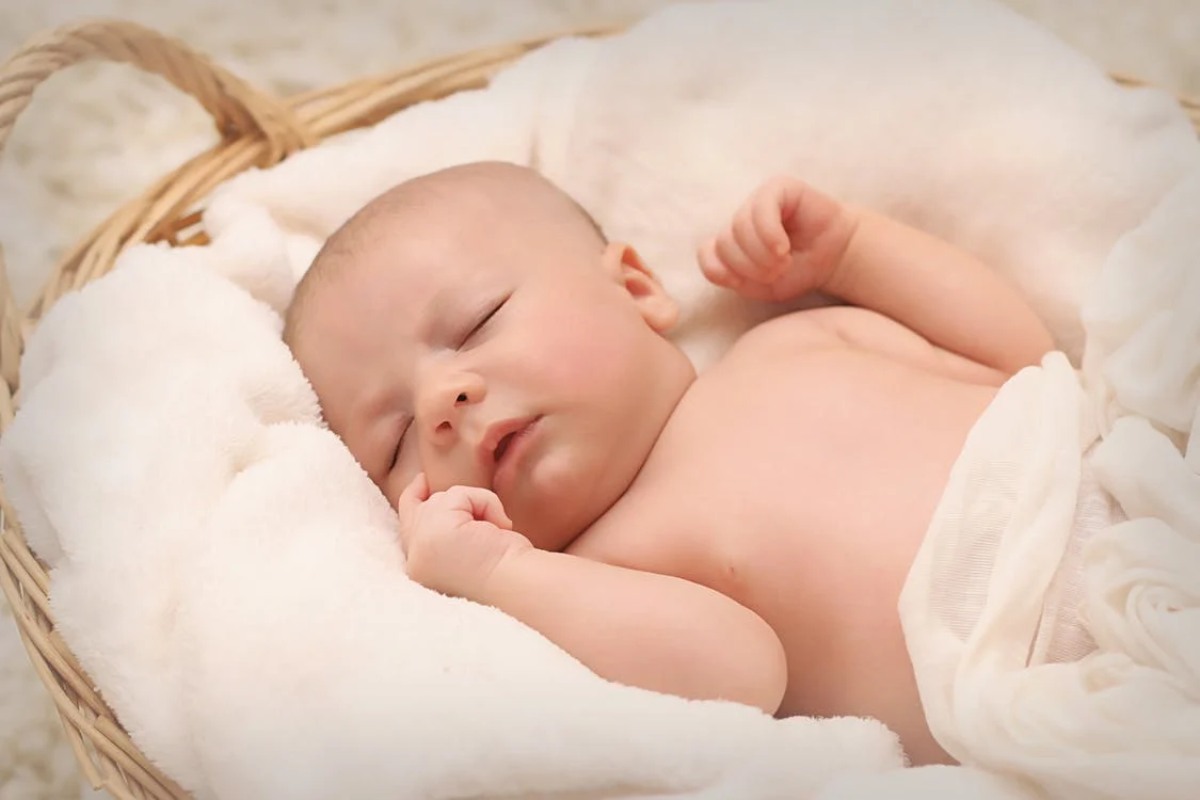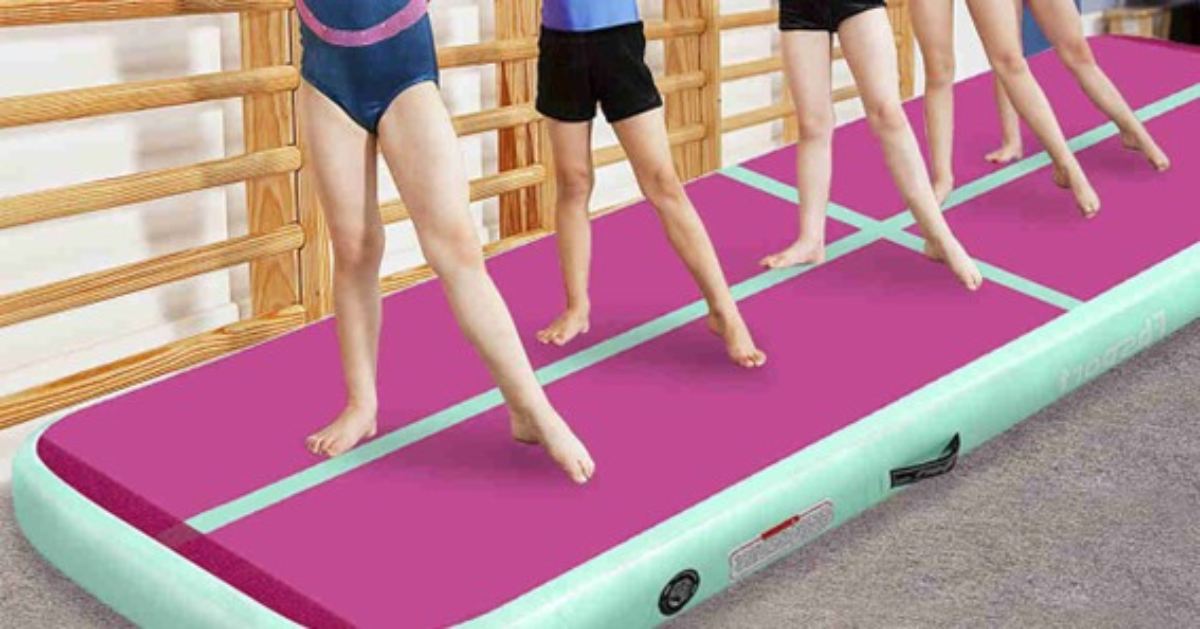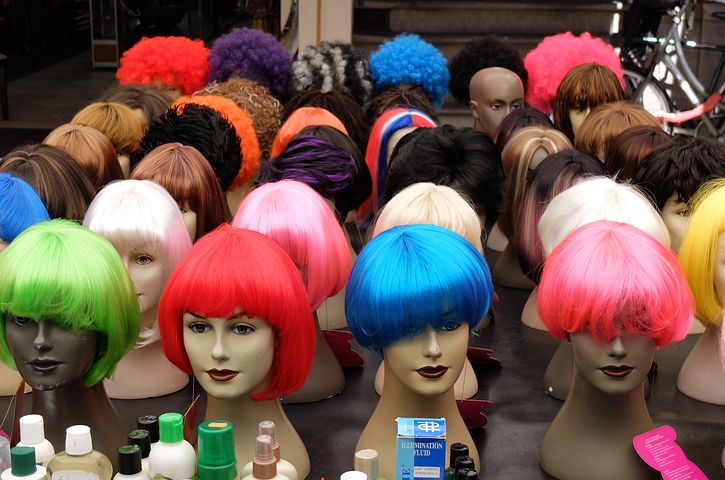Bringing your newborn home is one of your life’s most exciting and nerve-wracking experiences. You want everything to be perfect for the new arrival and ensure your home is safe and comfortable. It gets more stressful in winter as the weather conditions can be extreme and harsh.
Indoor air quality is also at its lowest due to everyone spending more time inside. It becomes a significant concern as the newborn is exposed to more germs and pollutants. Here are a few tips on how to prep your home for your baby’s first winter:
Table of Contents
Get a Furnace Tune-Up
A furnace tune-up is recommended before winter to ensure it operates at peak efficiency. Doing this improves the indoor air quality and keeps your home warm and comfortable. The task is more critical now that you have a baby in the house as they are more susceptible to respiratory infections.
Have an expert thoroughly clean the system, replace the filter, remove debris, and lubricate the moving parts. Invest in higher MERV-rated air filters to reduce the number of airborne pollutants.
Create a Safe Sleep Space
Your baby will spend a lot of time sleeping; create a safe and comfortable space for them. The ideal spot is a room that doesn’t get too cold or hot, away from any drafts. If possible, use a white noise machine to create a calming environment.
Place the crib away from windows and wall-mounted items like TVs or pictures. Allowing natural light to enter the room improves the quality of sleep. Also, dress your baby in warm, comfortable clothing, like a footed sleeper.
Improve Indoor Air Quality
As earlier noted, the indoor air quality is at its worst in winter. There are several things you can do to improve the quality, such as:
- Investing in an air purifier
- Not smoking indoors
- Avoiding the use of toxic cleaning products
- Opening the windows for ventilation
- Changing the furnace filter regularly
Clean Your Home Thoroughly
Give your home a good deep clean before the baby arrives. The task removes any dirt, dust, or debris that could trigger allergies or other respiratory problems. Clean all the nooks and crannies, including under furniture and hard-to-reach places.
Once the baby is here, you won’t have as much time for cleaning, so it’s best to get it out of the way beforehand. Remember to use green cleaning products to protect your little one’s health. Make some using ordinary household ingredients, like vinegar and baking soda.
Install a Humidifier
A humidifier alleviates some of the winter blues by adding moisture to dry indoor air. Dry air causes many problems, like cracked skin, static electricity, and respiratory infections. It also dries out the mucous membranes, making you more susceptible to colds and flu.
Babies are especially vulnerable as their skin is thinner, and they haven’t developed a fully functioning immune system. By using a humidifier, you reduce the risk of these health problems. Opt for a humidifier that doesn’t use heat to generate moisture, as this can be a fire hazard.
Seal Any Leaks
As winter sets in, take the time to check for any air leaks in your home. You’ll find most around doors, windows, electrical outlets, and plumbing fixtures. Not only do they let cold air in, but they also increase your energy bills. Sealing the leaks improves the indoor air quality and keeps your home warm and toasty. Use weatherstripping or caulk to fill the gaps.
Invest in a Smart Thermostat
A smart thermostat is a great way to reduce energy consumption and save money. This feature is handy when you have a baby. You’ll keep the house warm enough for them while you’re away. Many models also come with an energy-saving mode that automatically adjusts the temperature based on your schedule.
Analyze Your Home First
Analyze your home and make the necessary changes to ensure a warm and cozy winter for the baby. You don’t want to be caught off guard when the cold weather hits or deal with the hassle of making repairs in the middle of winter. A little preparation now will save you a lot of trouble later on.




